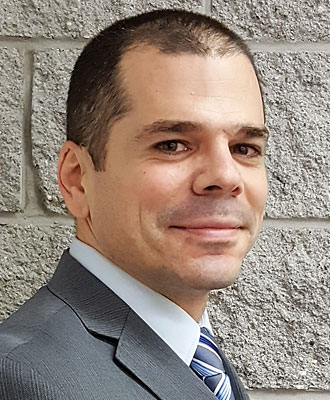Unless the capacity is exceeded, we will not respond to your email. Attendance is free, just bring along your lunch.
RSVP NOW for the next Microseismic User Group (MUG) event.
If you have any questions, please contact:
Paige Mamer, Paige.Mamer@tgs.com,
Johnny Wentzel, Johnny.Wentzel@esgsolutions.com
Abstract
Effective induced seismic monitoring (ISM) produces high-quality data sets that meet regulatory requirements, assist operators with managing risk, provide inputs for emergency response and facilitate research into better understanding of induced seismicity itself. ISM differs in its measuring objectives in terms of the target event magnitude range, recording distance and desired data products from the microseismic monitoring that is traditionally done with geophone arrays and used by oil and gas companies to manage their hydraulic fracture operations.
As with all seismic monitoring applications, the most critical aspect of designing a sound ISM system is selecting the proper seismic instrumentation. Using the proper instrumentation ensures an accurate relationship between the target real ground motion and its measurement. And it is absolutely essential that the data products obtained from ground motion measurements are not rendered inaccurate by the type of instrumentation used.
In this talk, I will address some of the key considerations when selecting the appropriate seismic instrumentation, with emphasis on the ISM use case. I begin by highlighting the amplitude and frequency characteristics of the target ground motions we are trying to measure. I outline the key performance specifications that have an impact on the ability of instrumentation to deliver on monitoring objectives and elaborate on the differences between accelerometers, seismometers and geophones. Finally, I share some examples of what can go wrong if the incorrect instrumentation is used.
Biography
Dario Baturan has led mission-critical seismology projects worldwide for over a decade, from Saudi Arabia to Alaska, developing expertise in design, deployment, operation and support of seismicity monitoring solutions for academic researchers, governments, the United Nations and oil and gas operators. Dario is currently the Director of Technical Operations for Nanometrics’ Oil & Gas Division, leading a number of teams responsible for seismic network operation, scientific research, geophysical data analysis and field operations. Dario has a BEng in Computer Systems Engineering from Carleton University.





